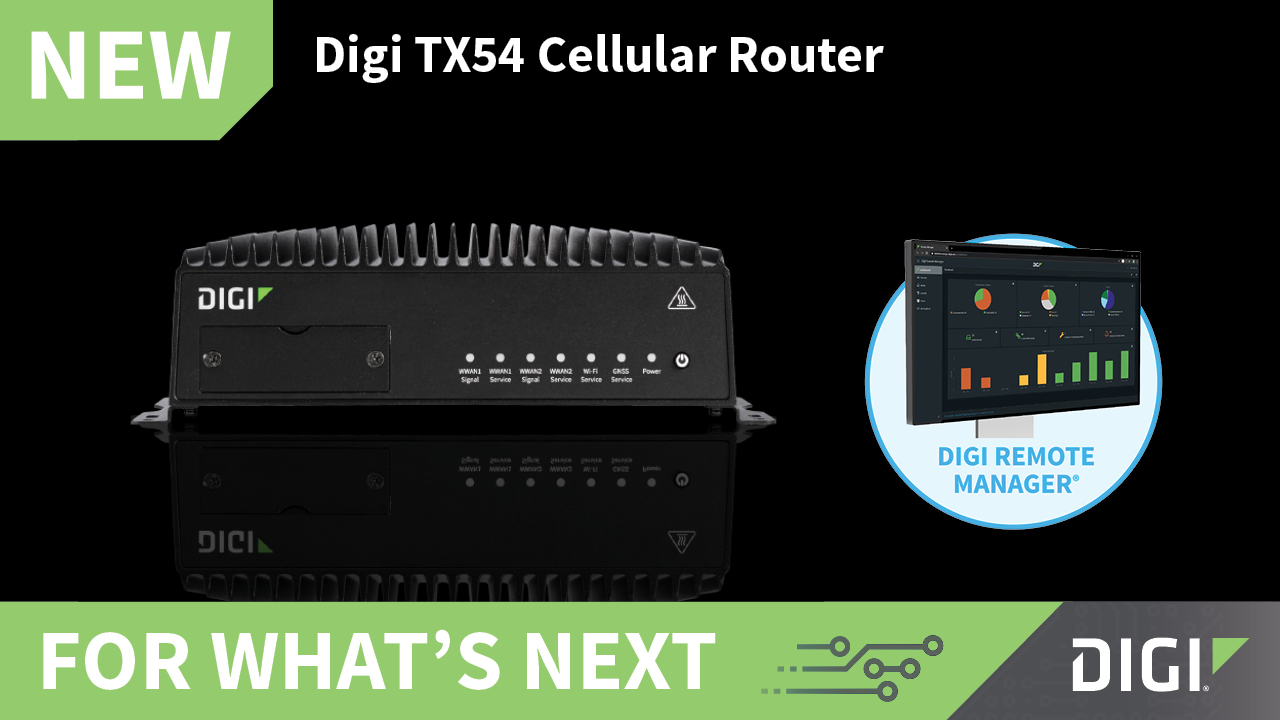Facing an unprecedented pandemic, public transit agencies nationwide must efficiently manage vehicle capacities while dealing with unpredictable variability in ridership and fluctuations in COVID-19 restrictions.

The Chicago Transit Authority is the nation’s second-largest public transit system, operating 1,864 buses over 129 routes, along with a rail system that services two major airports. The CTA is leveraging Internet of Things (IoT) technology through an innovative passenger-counting pilot project to understand vehicle occupancy in real time, increase rider comfort, and improve the passenger experience.
CTA’s Capacity Puzzle
As is the case for many transit agencies, much of the CTA’s data on transit vehicle capacity is either incomplete, not available in real time, or based on historic averages that may or may not reflect current realities — especially in the face of changing public-health guidelines. Without accurate real time occupancy data and demand forecasts, the CTA struggles to know when and where to adjust service to ensure the most efficient and reliable service, appropriate social distancing, and shorter wait times.

To leverage its existing data and collect new data through advanced technology, the CTA turned to
City Tech Collaborative, a Chicago-based urban solutions accelerator. City Tech spearheaded a pilot project to provide real-time occupancy counts and capacity information to inform the agency’s decision making. The pilot system measures the efficacy of various passenger-counting technologies and serves as a test site for:
- Capturing demand and utilization data from existing bus video assets
- Data management tools to support CTA operations
- Analytics and predictive modeling for proactive demand management
The pilot was deployed along the CTA’s 79
th Street bus route, one of the agency’s busiest. Using demand data to create real-time and projected views of vehicle utilization, the agency can respond faster to evolving guidelines from health officials — or other situations that might affect passenger volume, such as weather, time of day, and concerts or sporting events that drive passenger volume.
Using the IoT for Capacity Management
The connectivity foundation of key video and ranging (LiDAR) data sources is an integrated software/hardware solution from Digi. The data is transmitted via Digi cellular routers. Then, cloud and edge computing analytics process it quickly for display on a single CTA dashboard, alongside passenger count data from existing sources such as automated passenger counting and ticketing/tap data, plus data from emerging technologies such as 3D imaging sensors, light detection, and the counting of passengers’ mobile devices seeking Wi-Fi network connections.
The CTA can use rider counts to make operational decisions, including taking actions such as adding gap buses, holding buses, or directing buses to run drop off only, and other service management tactics.
Digi’s Software and Hardware Solution for Transit Connectivity

At the heart of the networking solution is
Digi Remote Manager® (Digi RM), Digi’s cloud-based networking platform. Digi RM provides complete visibility across all devices through visual dashboards of metrics. It also provides automated reports on router activity and other relevant activities that integrate device and performance data. Reports can range from daily summaries to detailed, time-based charts of individual metrics such as link uptime, network response, and data throughput.
Every bus in the pilot is outfitted with a Digi WR54 mobile access router (MAR) that communicates with onboard occupancy sensors and systems, as well as with the
Genetec unified security platform. The Genetec platform, which is hosted in
Microsoft Azure, integrates and analyzes the data to create projection models for proactive transit demand management. In addition, Intel technology supports the integration of video/sensor feeds into the operational tool dashboard, showing real-time vehicle utilization.
Like its successor, the 5G-ready
Digi TX54, the Digi WR54 router used in the pilot specifically meets the connectivity challenges inherent in public transit and rail applications. With the router’s edge-computing capabilities, it can process and analyze GPS locations and sensor data, such as passenger Wi-Fi device detections. Off-board WAN communications take place over a cellular network when buses are on the streets. Wi-Fi connections are used when vehicles return to the CTA garage.
Driving Smarter Decisions
Through this pilot project, the CTA worked to be able to create a projected demand model and provide real-time insights on occupancy across multiple vehicles. This pilot project provided CTA with valuable insight on real-time and predictive tools, and in the future, can help the agency respond faster to variable ridership, resulting in a better experience for riders. Additionally, these real-time measures of expected transit capacity may be published to public apps to help riders plan their commutes.
“Public transit is the circulatory system of our cities; it’s necessary to get us where we need to be and keep our businesses, economy, and our lives in motion,” said Brenna Berman, CEO of City Tech Collaborative. “Bringing together this team’s capabilities to create a scalable solution is just one piece of increasing our cities’ resilience beyond COVID.”